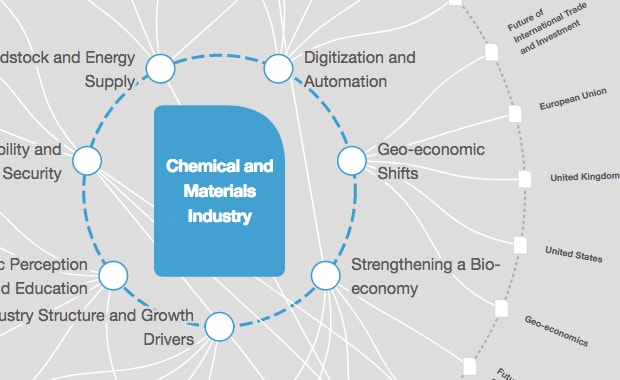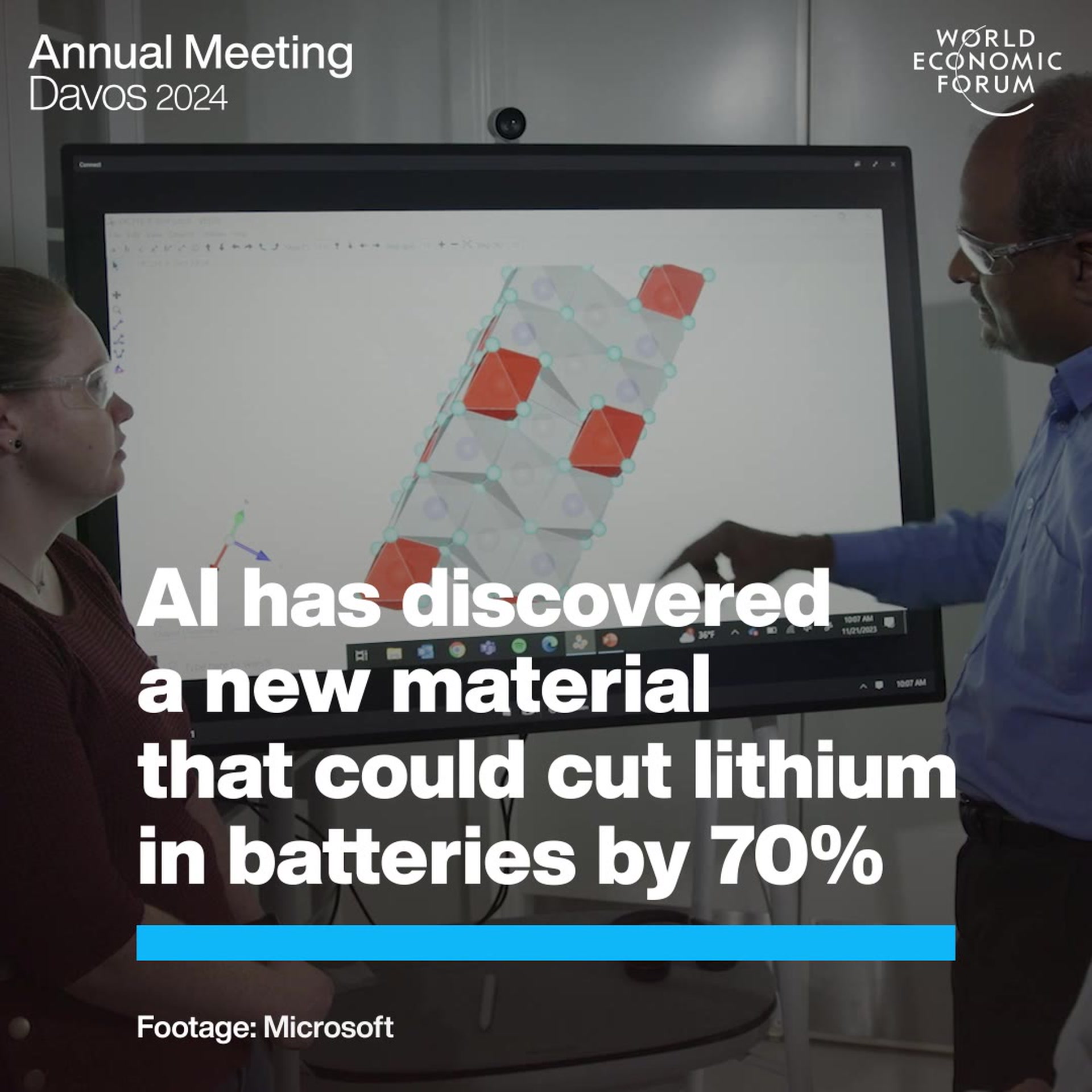Is this 3D-printed building the future home for astronauts on Mars?

The Mars X House by SEArch+ has won NASA’s most recent 3D-printed habitat challenge Image: Team SEArch+/Apis Cor/NASA

Get involved with our crowdsourced digital platform to deliver impact at scale
Stay up to date:
Chemical and Advanced Materials
In one of his last acts as President of the United States, Barack Obama committed the United States to landing humans on Mars in the late 2030s. NASA has already test-flown its Orion long-range manned spacecraft, so far without a human crew on board.
Its plans call for the first manned missions to orbit Mars and return to earth. Before a manned landing mission is launched, several unmanned missions will deliver materials to allow astronauts to build a base when they arrive.
NASA says the journey to Mars could take up to nine months so it has been running a four-year competition to design a “sustainable shelter” for the astronauts who will explore the planet. It recently announced the three finalists - and the winner is radical to say the least.
Breathtaking views
New York-based space architects SEArch+ partnered with Californian 3D print construction company ApisCor to come up with a five-storey design that incorporates many home comforts, including four bedrooms, a kitchen and a living room with views out over the Martian landscape.

At the core of the base will be the Hercules reusable spacecraft, a rocket-shaped craft which will carry all the essential equipment for maintaining life. Around this, the designers plan to build the home, which includes laboratory space. Concave walls, which the designers say mimic the structure of a dam, will enable it to withstand pressurisation needed to maintain a breathable atmosphere.
The ground floor laboratories feature ports through which astronauts will be able to board rover vehicles or step out to walk on the surface. In case of emergencies, the home is divided into three zones that can be individually sealed and the design boasts an external escape staircase.
There will also be an internal greenhouse for plants that will provide oxygen and food.
Non-standard construction
Much of the build will involve locally produced materials, including concrete made from pulverised Martian rock bonded with polymers flown in from Earth. Robot builders will use specialised rovers to complete the work.
Temperatures on the surface of Mars can range from -70C to +20C, so the home will feature layers of insulation, and the windows will incorporate radiation screening. In total, the designers expect it to take 59 Earth days to build.
Although the designs are still virtual at this stage, ApisCor has already proved it can 3D-print buildings. In 2017, the company 3D-printed an entire single-storey house in the space of just 24 hours in the Russian town of Stupino.
It won’t be long before they get a chance to prove they can create the Martian home. Over four days at the start of next month, all three finalists will go head-to-head in a live 3D-print-off in Illinois, United States, to construct scaled-down versions of their designs.
And although the first Martian colony is still some way in the future, NASA believes the technology could be used right now in helping to solve Earth’s housing crisis, providing low-cost, sustainable homes.
Don't miss any update on this topic
Create a free account and access your personalized content collection with our latest publications and analyses.
License and Republishing
World Economic Forum articles may be republished in accordance with the Creative Commons Attribution-NonCommercial-NoDerivatives 4.0 International Public License, and in accordance with our Terms of Use.
The views expressed in this article are those of the author alone and not the World Economic Forum.
The Agenda Weekly
A weekly update of the most important issues driving the global agenda
You can unsubscribe at any time using the link in our emails. For more details, review our privacy policy.
More on Chemical and Advanced MaterialsSee all
Kate Whiting and Simon Torkington
February 22, 2024
Adam Rothman, Charlie Tan and Jorgen Sandstrom
January 30, 2024
Jemilah Mahmood, Douglas McCauley and Mauricio Cárdenas
January 15, 2024
Ronald Haddock
January 4, 2024
Lee Jongku and Rafael Cayuela
January 4, 2024








